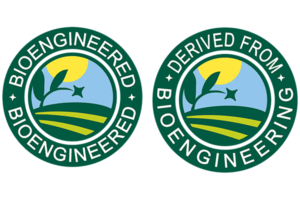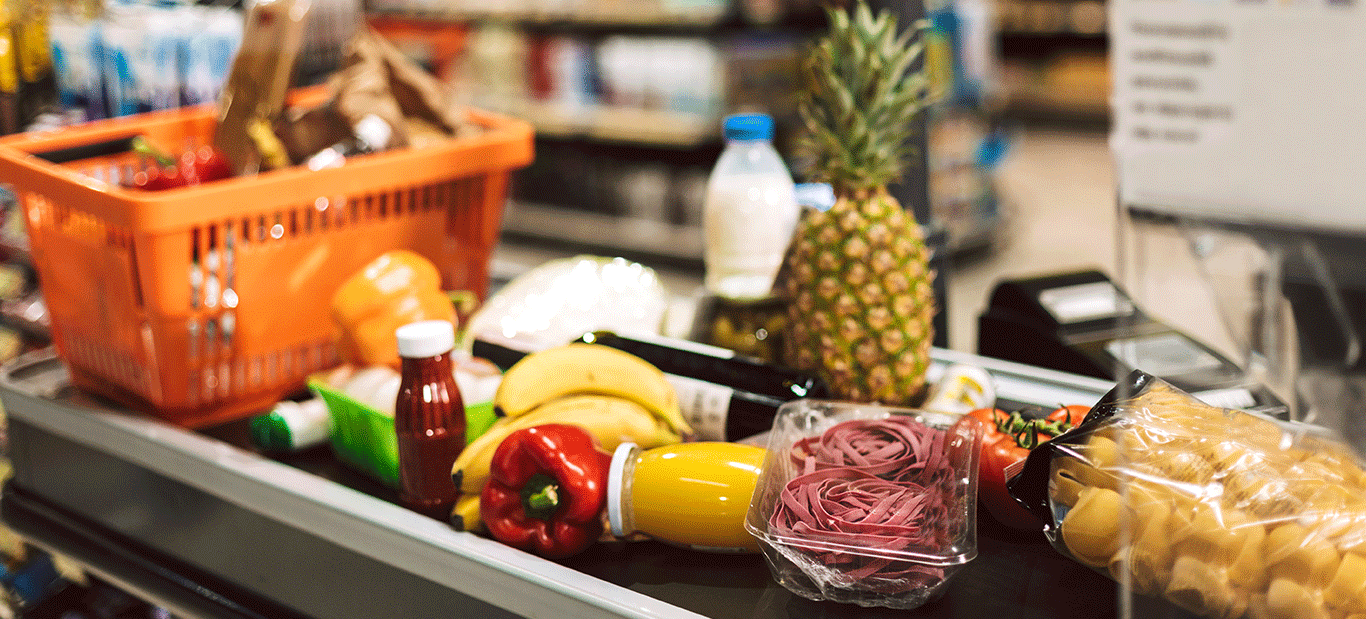What the New Bioengineering Food Labeling Law Means for the Future of Brand Marketing
What the New Bioengineering Food Labeling Law Means for the Future of Brand Marketing
Are your food products compliant with the U.S. Department of Agriculture’s new 2022 National Bioengineered (BE) Food Disclosure Law?
The BE Food Label is the next new packaging requirement to hit the food industry – requiring food companies to disclose if their foods are or may be bioengineered. This label is mandatory (unlike the non-GMO label). While this label came to be in early 2020, full compliance must be reached in 2022. From updating packaging to providing accurate information on their websites, there’s a lot of preparing to be done by brand marketers.
What Does the New BE Food Disclosure Law Entail?
Food products that are bioengineered have been modified through in vitro recombination deoxyribonucleic acid techniques. Bioengineered foods must include this label on their packaging:

Credit: USDA
Bioengineered foods are derived from plants, animals or microorganisms whose genetic makeup has been modified in a lab with transgenic technology or genetic engineering.
While the new labels disclose whether food was bioengineered, they do not include information about health or safety of bioengineered or GMO food compared to non-bioengineered or non-GMO alternatives.
Who Is Affected?
Many CPG companies that produce foods including or made with ingredients from ingredient staples (alfalfa, apple (arctic varieties), canola, corn, cotton, eggplant, papaya, pineapple, potato, salmon, soybean, squash, and sugar beet) will need to document a supply chain that’s BE free or include the BE label on their product packaging. However, BE disclosure is only required if the predominant or second most predominant ingredient would require labeling on its own.
Food served in restaurants, by food trucks, on trains and airplanes, or foods produced by small food manufacturers are not required to include these new labels on their menus or products.
How Are Consumers Expected to React?
With another new food label regulation typically comes another reason for consumers to either steer clear of products with the label or want to only consume products with that label. However, a recent study by Cornell suggests that the new bioengineering will likely have very little effect on consumers.
Those consumers with questions pose an opportunity for leaders in the food industry to educate consumers on what the label means regarding how your food is made and how it compares nutritionally to a non-BE offering.
As this label comes to fruition, conversations about bioengineered and GMO ingredients may resurface on social media. Food companies hope to be able to educate consumers on the safety and nutrition of these ingredients – eliminating health concerns and shifting to a more positive narrative.
Where Should Your Brand Start?
1. Product Packaging and Website Updates:
Start with ensuring product information is completely up to date. While your physical packaging is the number one priority and will take more time to update, don’t forget to make changes to your website product detail pages. Keeping product detail pages updated is just as important as your packaging, as they’re regulated in the same way. Ensure nutrition labels include a statement in black and white about being bioengineered and include the badge alongside any of your other product claim badges.
2. Educational Content Around BE Foods:
Create a topic cluster centered around BE foods and provide transparency around the processes, engaging consumers and minimizing concerns related to environment, nutrition, and safety. A topic cluster could include a series of blogs, article content, videos highlighting the process, and an email or social campaign. Marketers can even consider building an informational page about the new label and what it means, so users can click through for this information immediately instead of seeing an unfamiliar label and becoming skeptical.
At MorganMyers, our team works closely with CPG brands in the food industry to ensure content and communications strategies are compliant with food regulations, while providing creative thought to educate their target audiences. Talk to one of our experts to find out if your marketing content will need to shift this year.
 Back To Blog
Back To Blog

